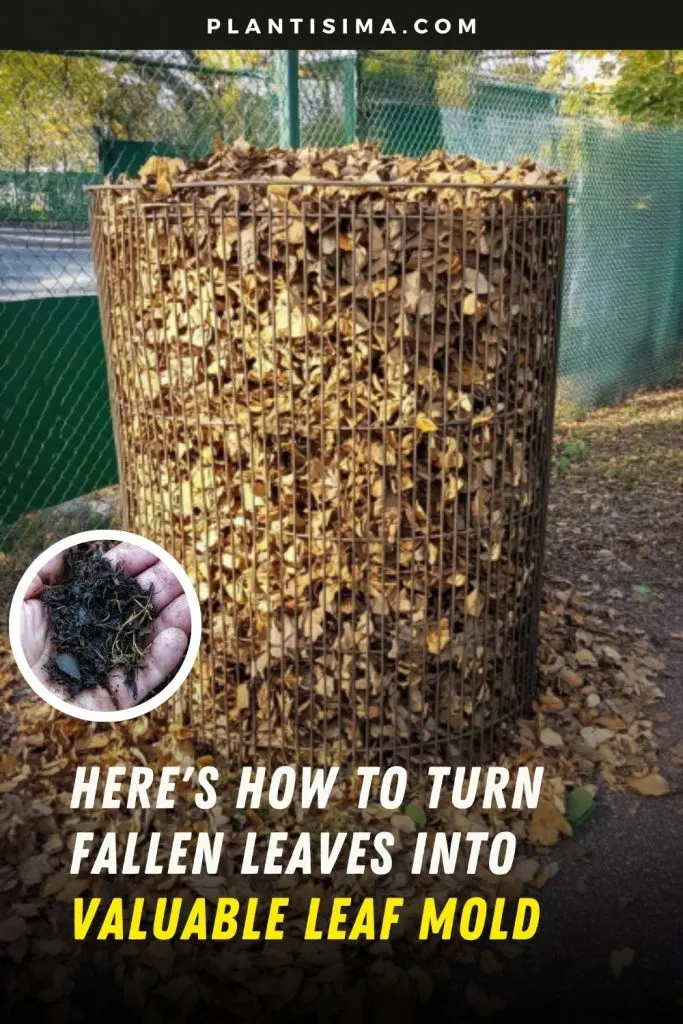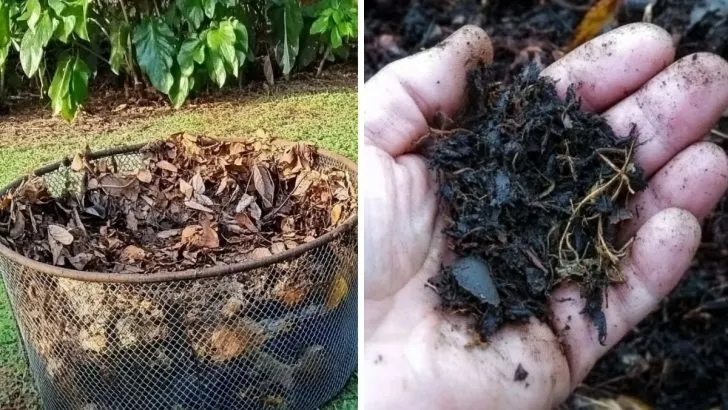As fall rolls in and leaves start fluttering down in the breeze, you might be wondering what to do with all that wind-blown foliage piling up.
Many gardeners see these fallen leaves as just another garden mess to clean up, but for those in the know – especially organic gardeners – dead leaves are a goldmine of opportunity.
At our property, we don’t just rake leaves and toss them away. Instead, we view them as a valuable resource that nature generously provides every year.
In this guide, I’ll walk you through how to turn these leaves into a natural garden booster: leaf mold.
Let’s dive into the magic of fallen leaves and how you can transform them into a nutrient-rich solution for your garden’s health.
The Many Uses for Fallen Leaves in Your Garden
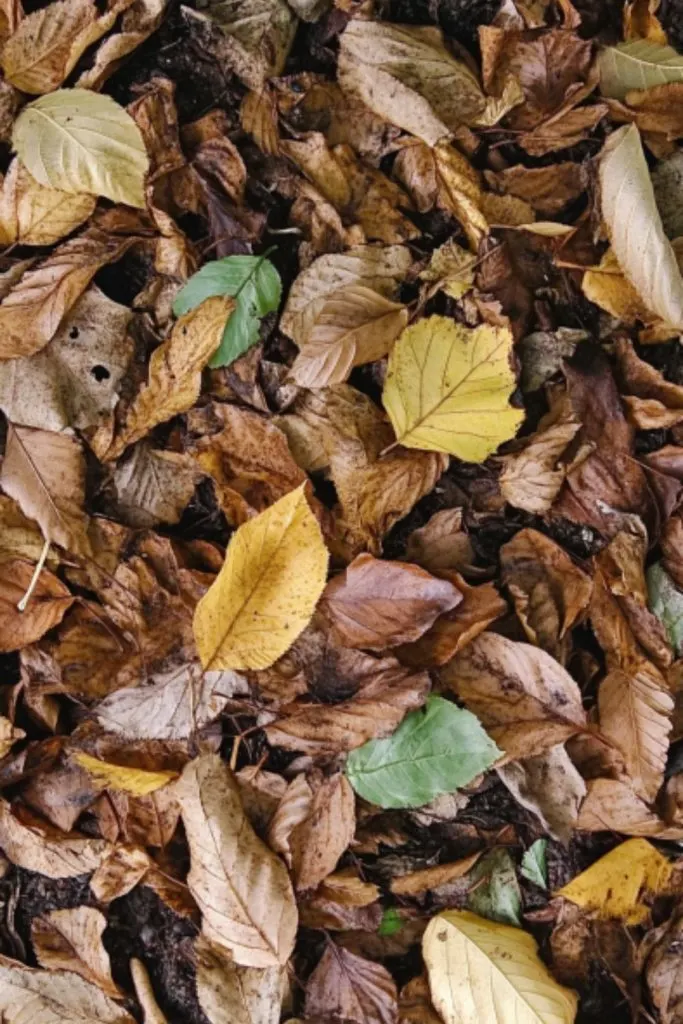
Before we get into the specifics of making leaf mold, it’s worth highlighting just how versatile fallen leaves can be for your garden. Leaves don’t just need to be bagged up and tossed – they’re nature’s way of replenishing the soil. Here are some great ways to use them:
• Leave them where they land: Fallen leaves naturally return nutrients to the soil as they decompose.
• Use as a mulch: Spread them as-is around mature trees and shrubs to insulate the soil and retain moisture.
• Add to your compost heap: Leaves are a perfect “brown” material to balance out the “green” waste in your compost.
• Layer them in a ‘lasagna’ bed: In no-dig gardens or raised beds, leaves can compost in place, adding organic matter directly into the soil.
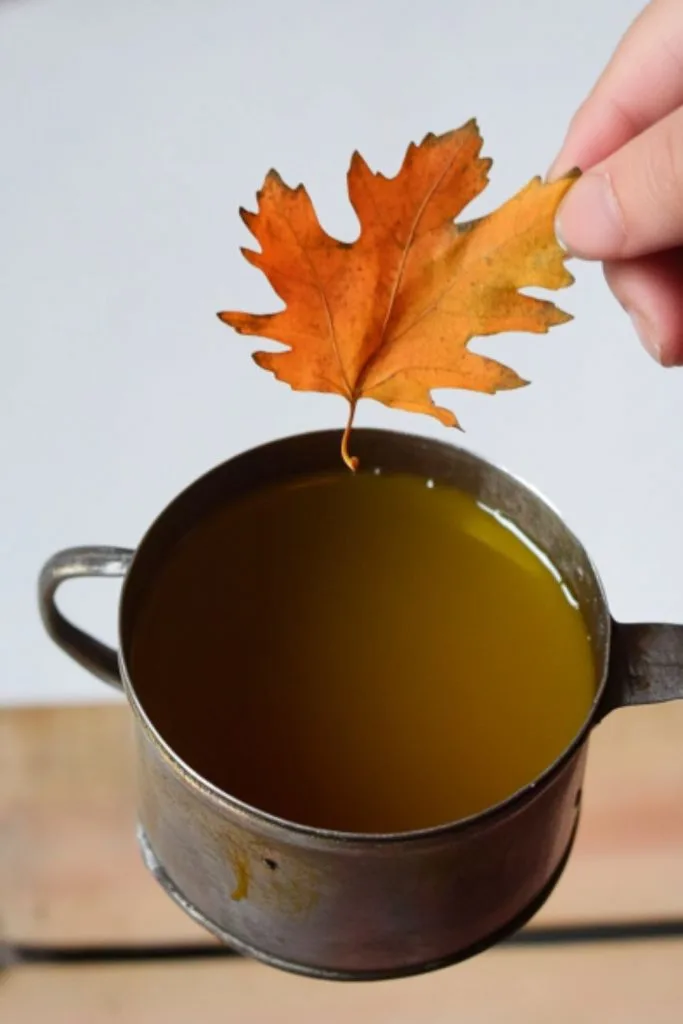
• Get crafty: Use leaves for autumn-themed arts and crafts, or even preserve them in beeswax for home decor.
Should You Collect All the Fallen Leaves?
In many gardens, it’s tempting to rake up and remove all the fallen leaves for a neater look. But sometimes, it’s best to leave them where they are, especially in areas like woodlands or orchards where leaves can naturally break down.
In an organic garden, it’s important to understand nature’s cycles. Leaves that fall from trees are meant to stay on the soil surface.
Here, worms, fungi, and other soil creatures will break them down into humus, which enriches the soil and nourishes your plants. These leaves also provide habitat for various insects and critters through the winter months.
When Should You Collect Fallen Leaves?
While leaving leaves in place can be beneficial, there are times when collecting them is a good idea:
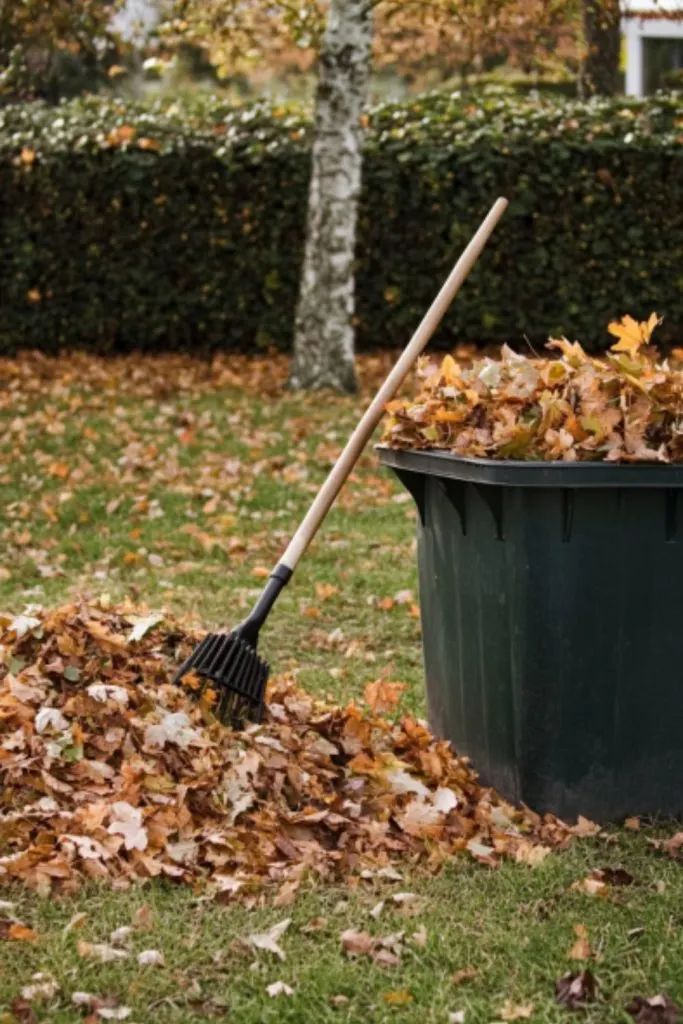
• On lawns: Too many leaves on a lawn can block sunlight, leading to patchy or discolored grass.
• On paths and driveways: Wet leaves can be slippery, creating a hazard.
• Near ponds: Fallen leaves in a pond can lead to silt buildup and rotting vegetation, which upsets the water’s nutrient balance.
If you’re dealing with large volumes of fallen leaves, turning them into leaf mold is a great way to repurpose them.
How to Build a Leaf Mold Bin
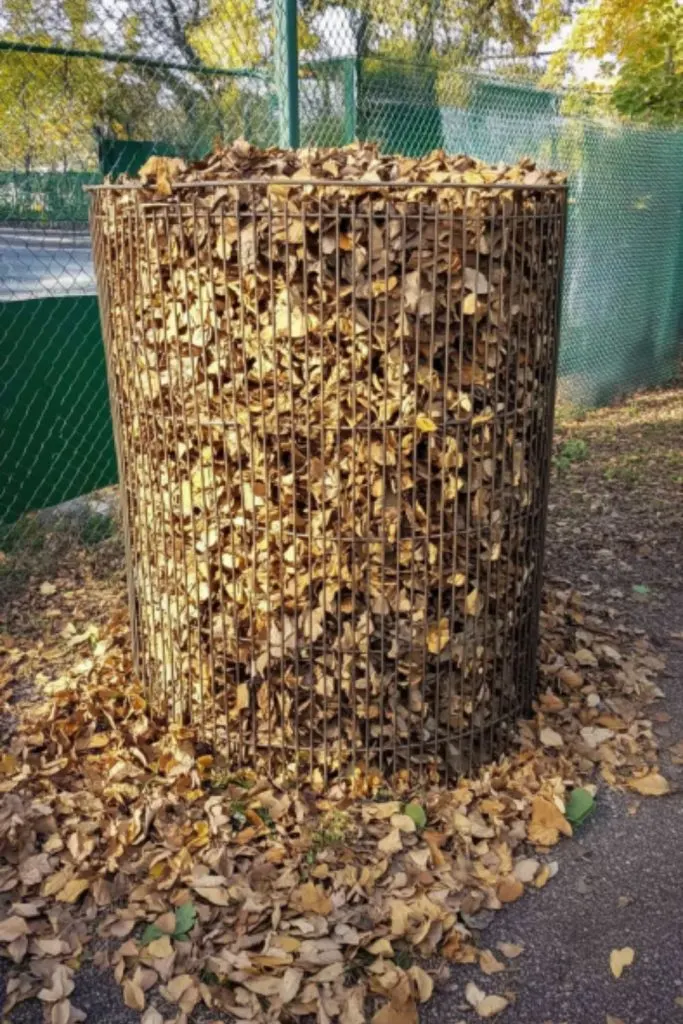
You don’t need fancy equipment to start making leaf mold. All you need is a simple bin to contain the leaves while they break down. Here are some easy ways to set one up:
• Branch and fencing mesh bin: Use branches and mesh to create a sturdy structure against a fence.
• Free-standing bin: Make a simple bin using canes or wooden stakes with mesh wrapped around.
• Wooden frame: For a more permanent solution, build a wooden bin.
Make sure your bin is large enough to hold all the leaves you collect and allows plenty of airflow to prevent the leaves from getting slimy.
Protecting Your Leaf Mold Bin
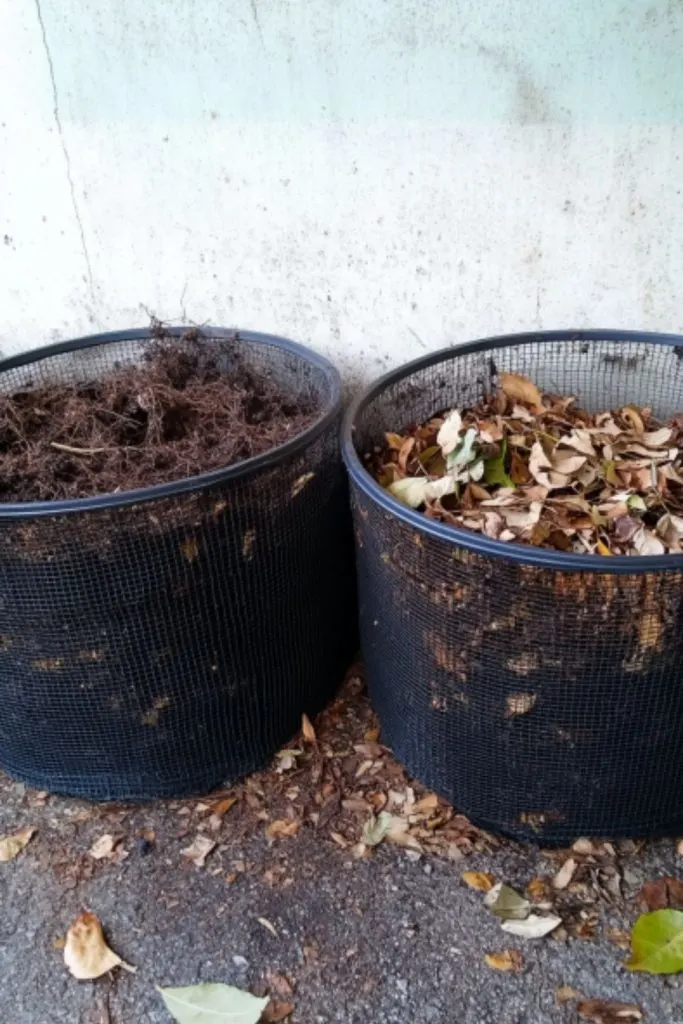
While you want good ventilation, it’s also essential to protect your leaves from becoming too wet. A simple cover – like a piece of old rubber or a tarp – can help keep excessive moisture out while still allowing air to flow. Just be sure the cover is easy to lift so you can check on the progress of your leaf mold.
The Best Types of Leaves for Making Leaf Mold
While most deciduous tree leaves will break down into leaf mold, not all are equal. Some, like oak, beech, and hornbeam leaves, will decompose into particularly high-quality leaf mold. Others, such as sycamore or horse chestnut, can take a little longer to break down but will still work fine.
Shredding tougher leaves can help speed up decomposition, and a mix of different types of leaves will provide a balanced nutrient profile.
Maintaining Your Leaf Mold Bin
Once your leaves are in the bin, the hard part is done. If the weather is very dry, sprinkle a little water on the leaves to ensure they decompose evenly. You’ll also want to keep an eye out for weeds and pull them as necessary.
Other than that, it’s just a waiting game while nature works its magic.
Retrieving Leaf Mold: When Is It Ready?
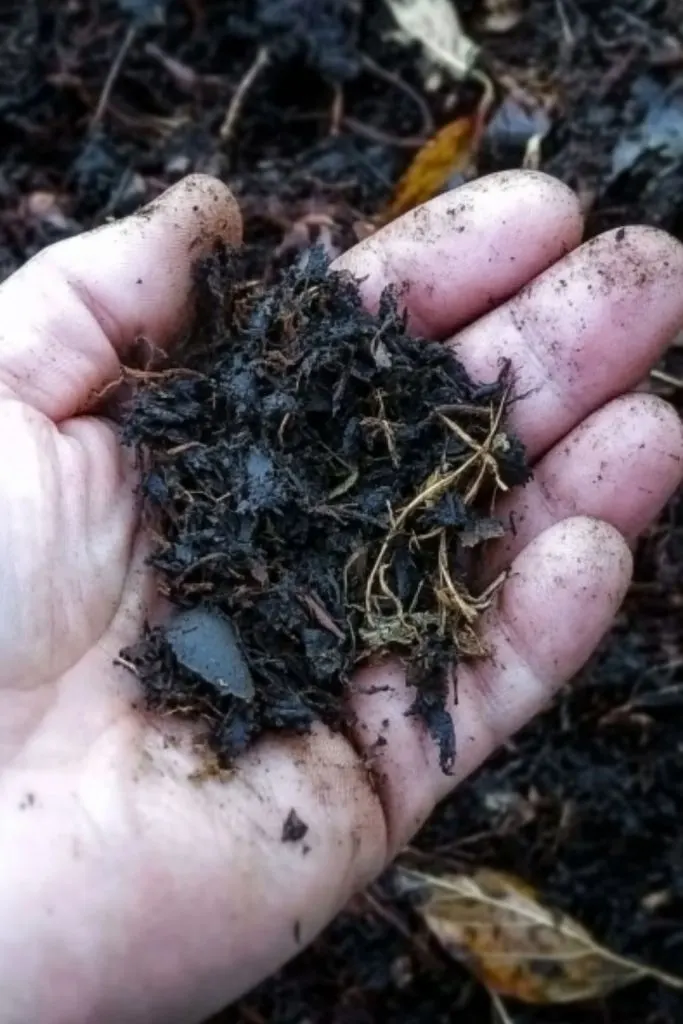
After a year, your leaves will have broken down into a crumbly mulch perfect for using around your plants. Leave them for another year, and you’ll have rich, dark leaf mold that’s excellent for potting soil or adding nutrients to your garden beds.
A well-maintained leaf mold bin will compress the leaves over time, and in two years, you’ll have a bin half-filled with beautifully decomposed organic matter.
From Mess to Magic
The next time you see the leaves falling in your garden, don’t think of them as a chore. Think of them as an opportunity to boost your soil’s health, enrich your plants, and embrace a sustainable gardening practice.
Instead of bagging them up for the landfill, turn those leaves into leaf mold – a simple, effective way to nurture your garden year-round.
Happy gardening!
